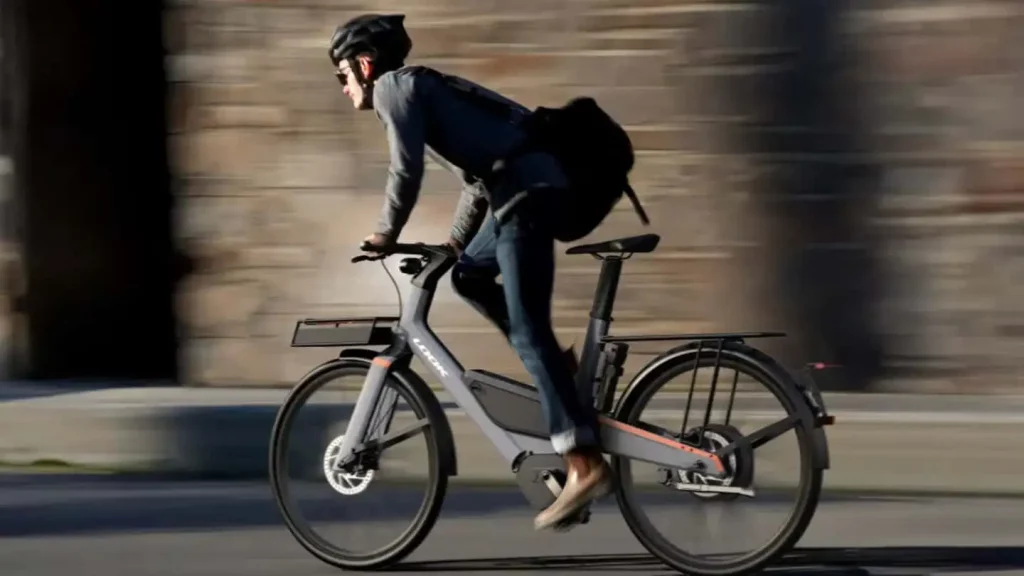Electric bicycles are evolving rapidly, and the latest buzz is all about ‘digital drive’ technology. Take the Rover 45, for example. It’s not your average e-bike. Developed by Look and Cixi, this bike breaks the mold by ditching the traditional chain or belt connection between the pedals and the rear wheel. Instead, it uses a high-tech method that could be the future of e-biking.
You can pedal anytime – even while the bike is static
Here’s how it works: The Rover 45 is equipped with sensors and wires. When you pedal, these sensors send signals to the motor at the back, which then moves the bike forward. What’s cool about this system is that you can pedal anytime, even when you’re at a stop or coasting. This action helps charge the bike’s battery, which is a smart way to make use of your effort.

The Rover 45 isn’t alone in this digital drive journey. Companies like Pendix are also exploring this territory, making e-bikes that are not just about getting from point A to B, but about how you get there. The Rover 45, in particular, stands out because it’s faster than most e-bikes in Europe, where the speed limit for e-bikes is typically capped.
But here’s the thing: This technology isn’t just about speed or making e-bikes fancier. It has some practical uses too. Think about cargo e-bikes, which are longer and bulkier than regular ones. The traditional chain or belt system can be a hassle for these bikes. Digital drive technology could simplify their design and make them more efficient.
Sure, the Rover 45 is still in the concept stage, but it’s a glimpse into what the future of e-biking could look like. It’s a blend of traditional cycling and advanced tech, pushing the boundaries of what we expect from our two-wheeled friends. This innovation might seem complicated, but it opens up new possibilities for different types of e-bikes, especially those that need a bit more than what the traditional design can offer.
RELATED:
- CES 2024: Vanpowers Showcases Two Feature-Rich Electric Bicycles
- Foxconn is Diversifying from iPhones to Electric Vehicles
- Get $100 OFF on Xiaomi 14 Pro at Giztop (1TB Variant)
- Best Robot Vacuums of 2023 – Gizmochina
(Via)







